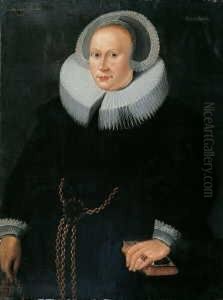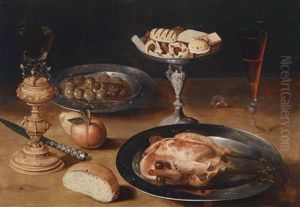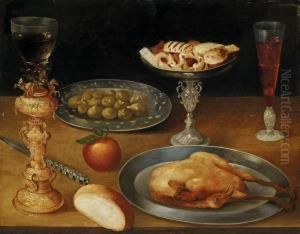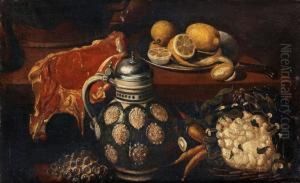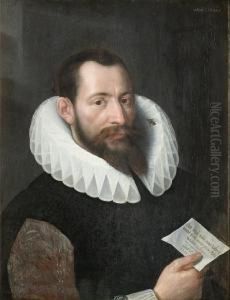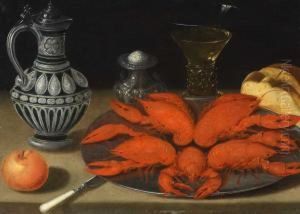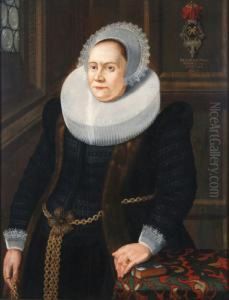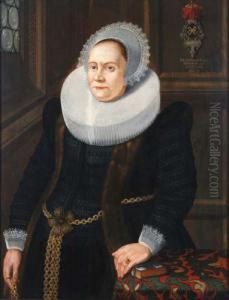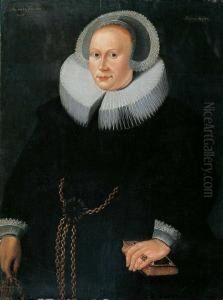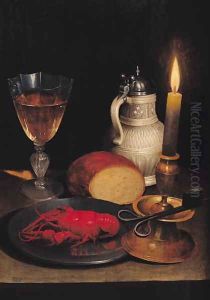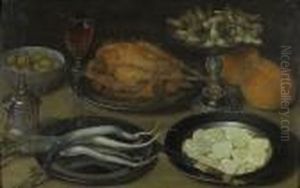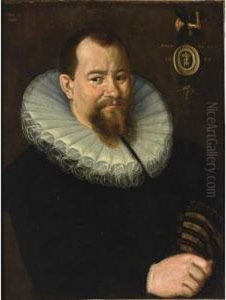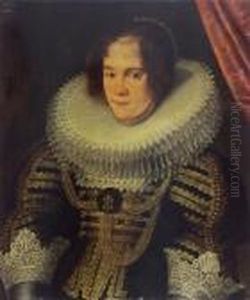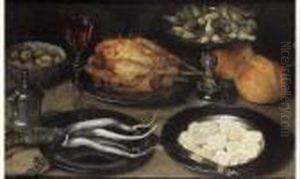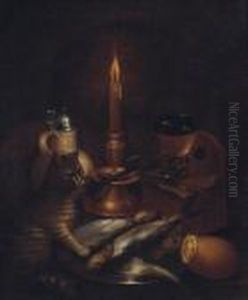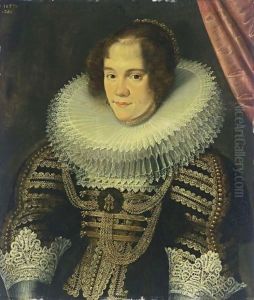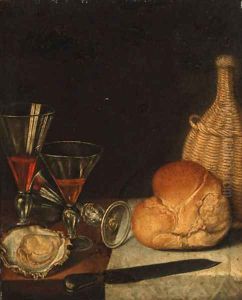Gotthardt von Wedig Paintings
Gotthardt de Wedig, sometimes Gotthardt von Wedig, was a German Baroque painter and etcher born in Cologne in 1583. He was part of the Northern Baroque period, which saw the spread of Baroque art beyond its origins in Italy to other parts of Europe. Wedig is not as widely recognized as some of his contemporaries, but he contributed to the art of his time through his distinctive etchings and paintings.
Wedig likely received his artistic training in his hometown of Cologne, which was a significant cultural center during the 16th and 17th centuries. The art scene in Cologne and the broader Holy Roman Empire was influenced by the Counter-Reformation, which spurred the demand for religious art that was both emotionally resonant and visually appealing. While detailed records of his early training are scarce, it is known that Wedig was active in Italy, particularly in Rome, during the early 17th century. His time in Italy would have exposed him to the work of the great Italian masters and the emerging Baroque style, which emphasized dramatic effect, movement, and clarity.
Wedig's work is characterized by his use of light and shadow, typical of the Baroque style, and his subjects often included religious scenes, portraits, and historical events. His etchings are particularly noted for their technical skill and detail. They reveal a mastery of the medium and an ability to convey texture and depth, which were innovative at the time.
Unfortunately, while he enjoyed some recognition during his lifetime, Wedig's work was eventually overshadowed by other Baroque artists, and he did not achieve lasting fame. Nevertheless, his contributions to Baroque art, especially in the realm of printmaking, are recognized by art historians. Gotthardt de Wedig died in 1641, leaving behind a modest but significant body of work that provides insight into the Northern Baroque period and the artistic exchanges between Italy and Northern Europe.
